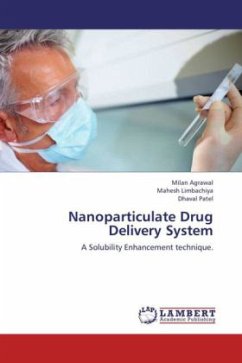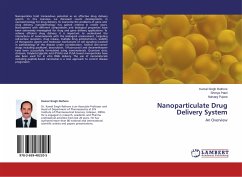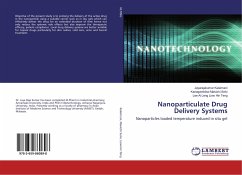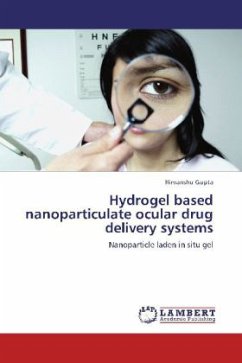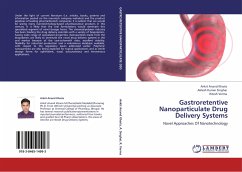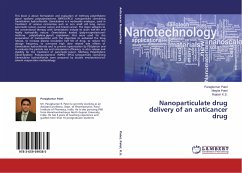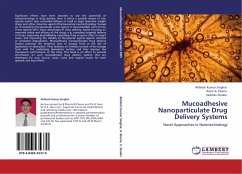Nanoparticulate systems have great potentials,being able to convert poorly soluble, poorly absorbed and labile biologically active substance into promising deliverable drugs. The core of this system can enclose a variety of drugs, enzymes, genes and is characterized by a long circulation time due to the hydrophilic shell which prevents recognition by the reticular-endothelial system. To optimize this drug delivery system, greater understanding of the different mechanisms of biological interactions, and particle engineering, is still required. Further advances are needed in order to turn the concept of nanoparticle technology into a realistic practical application as the next generation of drug delivery system.
Bitte wählen Sie Ihr Anliegen aus.
Rechnungen
Retourenschein anfordern
Bestellstatus
Storno

